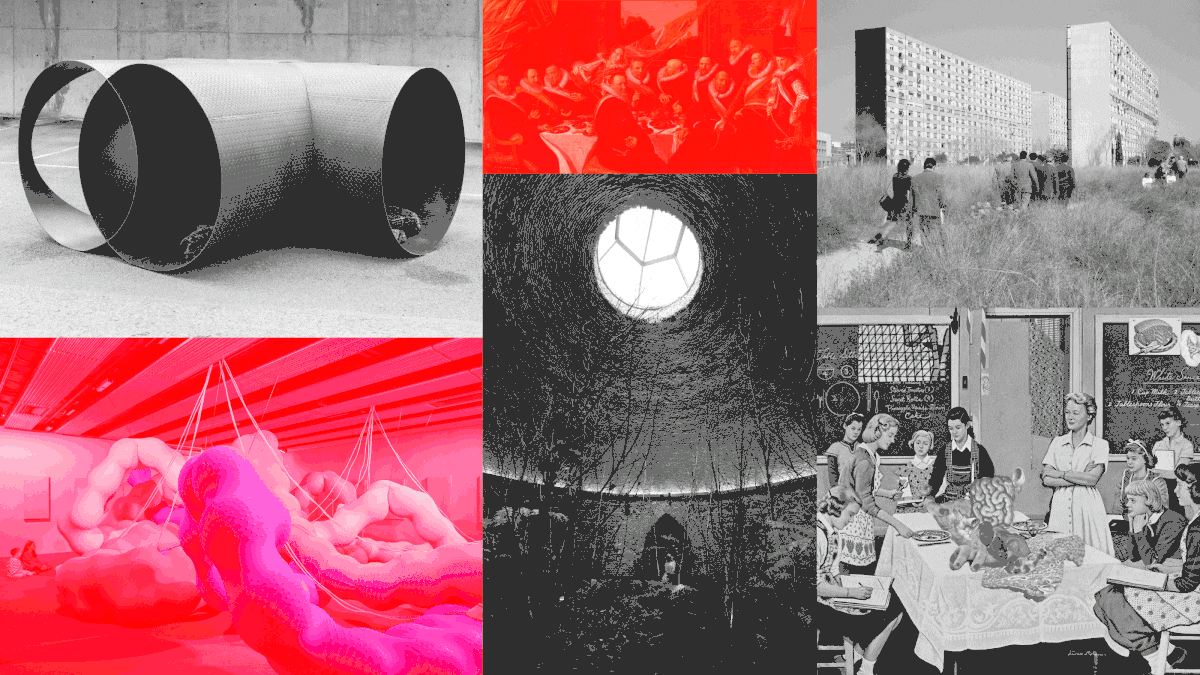This year's prolonged drought has reduced the flow of rivers and reservoirs in Europe, but has also affected the quality of the soil in places like the Netherlands, more used to fighting against rising waters.
In Amsterdam, many of the houses built before 1970 are supported by a foundation of wooden piles between 13 and 20 meters long.
Embedded in the ground until they reach a firm layer of sediment, they are whole trees that need to be kept soaked at all times to avoid rotting.
Throughout the country there are nearly a million properties in danger if climate change ends up exposing these supports to the air.
But it is not the case of the Rijksmuseum.
The great museum in the Dutch capital stands on some 8,000 poles that are well protected thanks to the last renovation of the building, completed in 2013. Since then,
The point about the security of the Rijksmuseum, inaugurated in 1885, comes from within itself.
In the room, which permanently exhibits emblematic paintings by Rembrandt and Vermeer, such as
The Night
Watch or
The Milkmaid
, there is a general shudder these days.
They fear that it could be thought that they have foundation problems.
Hence, their spokesmen emphasize that "hundreds of wooden piles were replaced by concrete ones during the renovation work, and there are second-class foundations in the newly created atrium and underground passage."
Thousands of buildings in cities such as Amsterdam, Rotterdam or Haarlem face the challenge of preserving their wooden pillars.
And in the Dutch capital, the slow sinking of some of the houses built along the famous canals has even become an aesthetic claim.
"But it all depends on the angle at which they sink, and the experts analyzed the state of the building before giving the green light to the works, and there were no problems," they say at the museum.
Restoration works at the Rijksmuseum in 2013.Rijksmuseum
The pillars must always be moist and in an anaerobic environment (without oxygen).
Therefore, when the groundwater level drops and the wood is exposed to the air, it is in danger of rotting due to the destructive action of fungi.
About a million Dutch houses may have difficulties, according to calculations cited by Maarten Kuiper, a hydrologist at the Dareius engineering company, who gives this example: "If a foundation post is exposed to air, dry, for one month a year, it will take about 120 years to lose all its stability.
If it happens two months a year due to climate change, the problem will surface in 60 years and they will have to be replaced before that.”
As he explains over the phone, it is logical that a monumental building from the 19th century such as the Rijksmuseum, "with thousands of wooden pillars,
had the same problems as other houses or infrastructure in Amsterdam built on clay and peat soil: but that was many years ago”.
He goes on to say that “since the renovation of the building [carried out between 2003 and 2013 and entrusted to the Spanish architects Antonio Ortiz and Antonio Cruz] the level of the groundwater and the stability of the complex have been maintained”.
In his opinion, "one can speak of success in this case, since there have been no changes or sinking."
During the lengthy works, the groundwater level had to be temporarily lowered to dry out the ground so that the various teams of workers could work safely.
“That could have damaged the piles, but we had the idea of infiltration and drainage of water.
It is a permanent system based on horizontal tubes with small holes, which are filled with water from the canals of Amsterdam.
In summer, the water seeps into the ground to keep the level of the underground layer stable.
During the winter, when the bottom is already wet, it drains into the channel”, says the hydrologist.
The system is filled and emptied by pumps automatically controlled by groundwater measurements.
“His level is checked daily.
Once a year, the stability of the building is analyzed,
and the drought this summer has not affected the Rijksmuseum.
It has happened in other parts of the country, "adds Kuiper.
The setbacks of constructions with wooden poles affect mainly the north and west of the Netherlands, and along the great rivers, “and they appear in turn in other coastal areas of Europe, such as Scandinavia and in other countries around the sea Baltic”, continues the expert.
In the Riksmuseum, the water from the canals was used.
In various parts of the country, rainwater is collected from streets and roofs, purified and stored in a layer between 20 and 40 meters deep.
In the dry season, it is pumped into shallow soil layers to keep the logs moist and stop land subsidence.
Both the Dutch Association of Insurers and the Association of Property Owners estimate that dealing with the estimated million houses that may be damaged by the drought would amount to around 60.
000 million euros by 2050. They advocate addressing it on a national scale.
“Without a doubt, it is a problem in the Netherlands and in other places, but we have worked on it thoroughly and we are not sinking”, they say goodbye at the Rijksmuseum.
Subscribe to continue reading
read without limits
Keep reading
I'm already a subscriber

/cloudfront-eu-central-1.images.arcpublishing.com/prisa/HMWAV2HYPBNAFDOSW7L3R2PKRI.jpg)







